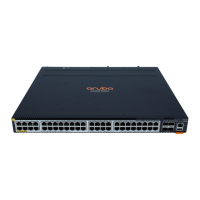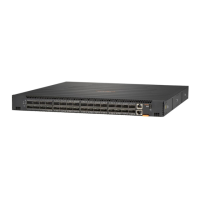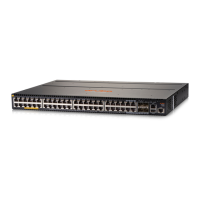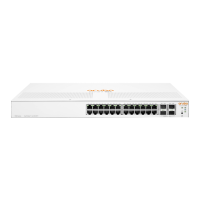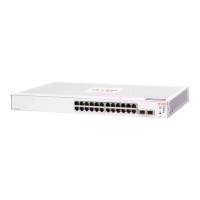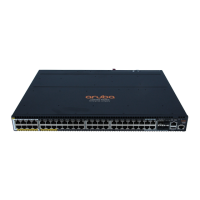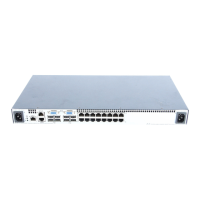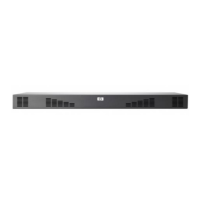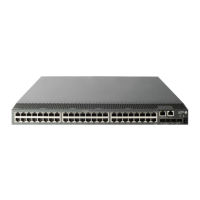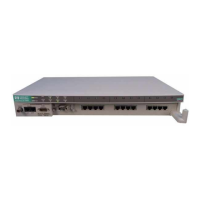Configuring coordinate-based locations
Latitude, longitude, and altitude data can be configured per switch port using an SNMP management application.
For more information, see the documentation provided with the application. A further source of information on this
topic is RFC 3825-Dynamic host configuration protocol option for coordinate-based location configuration
information.
NOTE: Endpoint use of data from a medPortLocation TLV sent by the switch is device-dependent.
See the documentation provided with the endpoint device.
Table 24: Some location codes used in CA-TYPE fields
Location element Code
1
Location element Code
national subdivision 1 street number 19
regional subdivision 2 additional location data 22
city or township 3 unit or apartment 26
city subdivision 4 floor 27
street 6 room number 28
street suffix 18
1
The code assignments in this table are examples from a work-in-progress (the internet draft titled "Dynamic Host Configuration
Protocol (DHCPv4 and DHCPv6) Option for Civic Addresses Configuration Information draft-ietf-geopriv-dhcp-civil-06" dated
May 30, 2005.) For the actual codes to use, contact the PSAP or other authority responsible for specifying the civic addressing
data standard for your network.
Example:
Suppose a system operator wants to configure the following information as the civic address for a telephone
connected to her company's network through port A2 of a switch at the following location:
CA-type CA-type CA-VALUE
national subdivision 1 CA
city 3 Widgitville
street 6 Main
street number 19 1433
unit 26 Suite 4-N
floor 27 4
room number 28 N4-3
The following example shows the commands for configuring and displaying the above data.
Chapter 7 Configuring for Network Management Applications 241
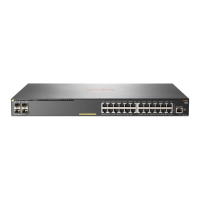
